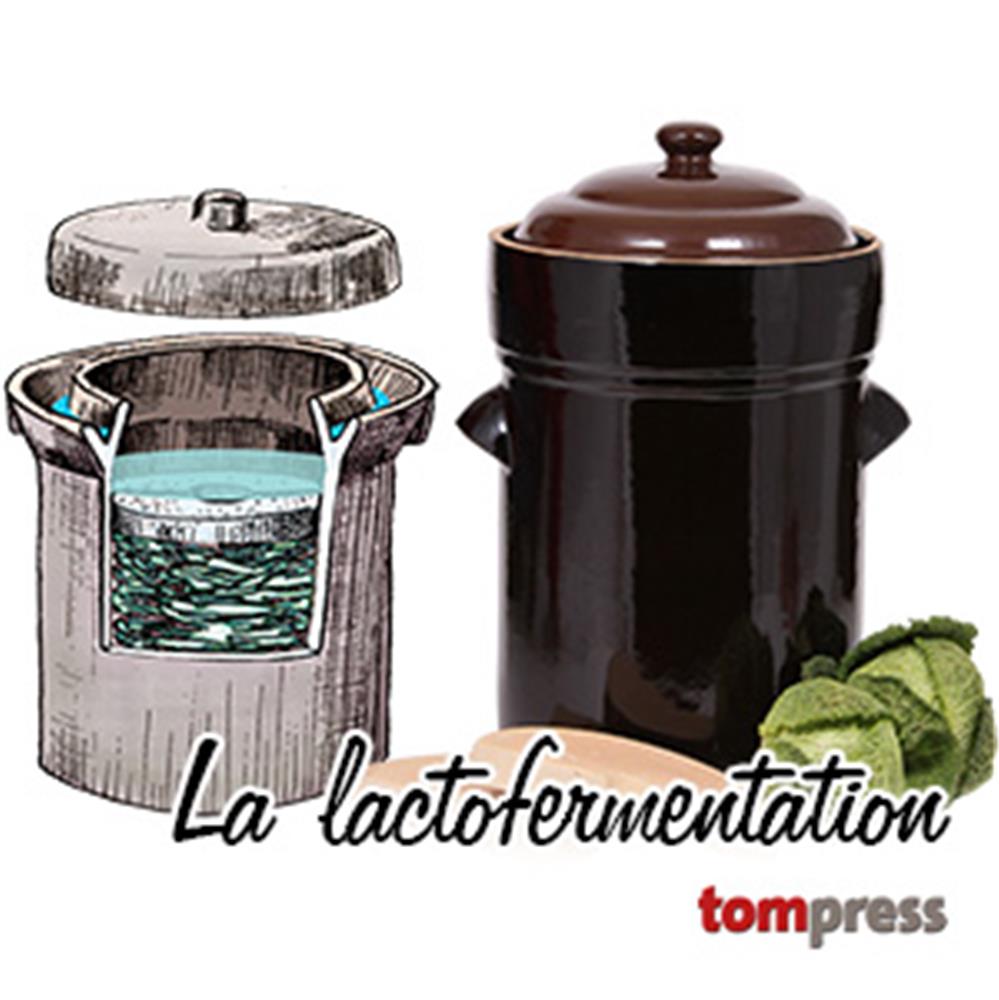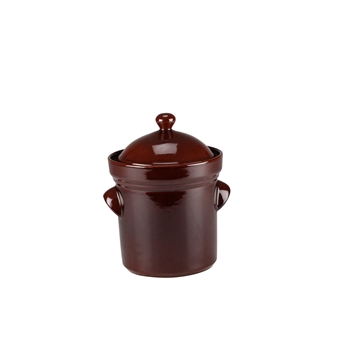Meat, milk, vegetables: the principle is simple. Simply encourage the development of lactate bacteria that are naturally found in vegetables, meat and milk. They will replace the pathogenic bacteria and preserve the food. And that´s not all…
Meat, milk, vegetables: the principle is simple. Simply encourage the development of the lactic bacteria that are naturally present on vegetables, in meat and in milk. They will supplant the pathogenic bacteria and preserve the food. And that´s not all... these lactic bacteria also have the power to enrich vegetables in antioxidants, enzymes, probiotics and vitamins. They also eliminate certain pollutants such as nitrates. They turn the milk into yoghurt and everyone is aware of its benefits. By colonising the meat in ground pork, which becomes unfit for human consumption after a few hours, they give us dried sausage. A real miracle!
To accomplish all of these feats, the lactic bacteria must be sufficient in number. They need to proliferate rapidly and take up space. By creating an environment that is favourable to their development, we allow these bacteria to prevent food becoming rotten. Lacto-fermentation consists of preparing a nice warm bed for the bacteria so that they will reproduce more quickly. They need to be fed occasionally and above all, they need to be protected from oxygen that will kill them.
No air
Milk does not present a problem. It is a liquid and the oxygen in the air will not have much impact on our precious bacteria. When it comes to meat, let’s return to the example of the saucisson. Contact with the air needs to be limited by packing the ground meat tightly into the casing. Vegetables are more fragile and should be kept underwater.
At the right temperature and well-fed
For successful lacto-fermentation, the lactic bacteria need to be very active and to rapidly invade the environment, transform it and make it inhospitable for competitors. It is a race against time. Either the lactic bacteria predominate, which does not happen in nature, or the pathogenic agents and micro-organisms responsible for rotting take over and the product will be lost. At the right temperature, let’s say between 17 and 25° C, they are at the top of their form, but the food that we are going to ferment is not necessarily rich enough in nutrients. They need to be fed. This is the case with saucisson when we add a little sugar that the bacteria will digest and transform.
The environment becomes acidic and auto-regulates itself.
By feeding on the sugar contained in the food, the bacteria produce carbonic gas and lactic acid. The CO
2 is of no particular interest, but the lactic acid will eradicate unwanted bacteria. The more the bacteria work, the more acidic the environment becomes. But when the environment becomes sufficiently acidic, the bacteria become restrained and stop producing lactic acid. The environment auto-regulates itself! You do not have to do anything!
When you eat a fermented product – yoghurt, salami or sauerkraut for example, you will notice that the taste of the base product has changed. You will sense a hint of acidity, but this acidity is nothing like that of vinegar*. You will also notice that the yoghurt is no longer liquid like milk and that the bits of meat in the saucisson have become stuck together. With the tip of a knife, you can easily remove the bits of fat, but not the lean: the bacteria have coagulated the proteins!
Salt
Before the bacteria have had time to proliferate and protect the food, yeast may develop. This yeast will produce alcoholic fermentation, which is not our goal! A few pinches of salt will avoid the problem while waiting for the lactic bacteria to take over definitively. Furthermore, the salt extracts the necessary substances for feeding the bacteria from the cells and removes the water from the cells, too. This is what we do when we put cucmbers in salt to disgorge them. Count 0.8 to 1.5 % of the weight of the vegetables.
Water or brine
If your vegetables have not disgorged sufficiently, or if you want to keep them whole (pickles, cucumbers), you will have to add some slightly salted water. Count 30g of salt per litre of water.
Lacto-fermentation jars
They are used for whole vegetables, or for vegetables that are grated or in pieces. For sauerkraut, once the cabbage is pounded and salted, it is kept under the water it has disgorged with half-moon stones that press down upon it permanently. This is an ideal environment. The lactic bacteria will get to work quickly and produce lactic acid and carbonic gas. Better still, the CO² will push out the air and the oxygen that kills the vitamins. The water seal lid allows gas to escape, but prevents pathogenic agents from entering.
To conclude Lacto-fermentation is the only method of preservation that enriches the product in terms of nutrition and taste. There is no need to heat up and cool down





























































